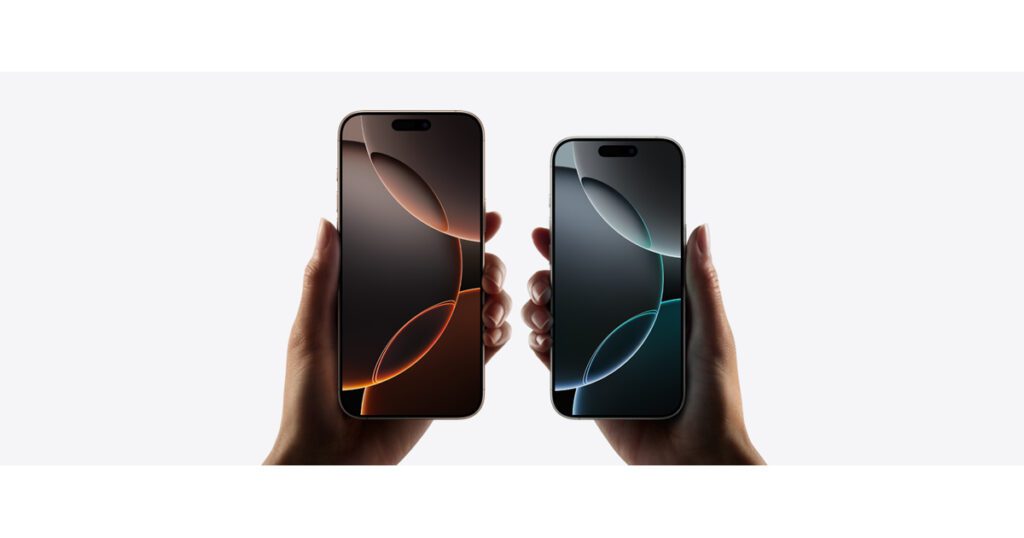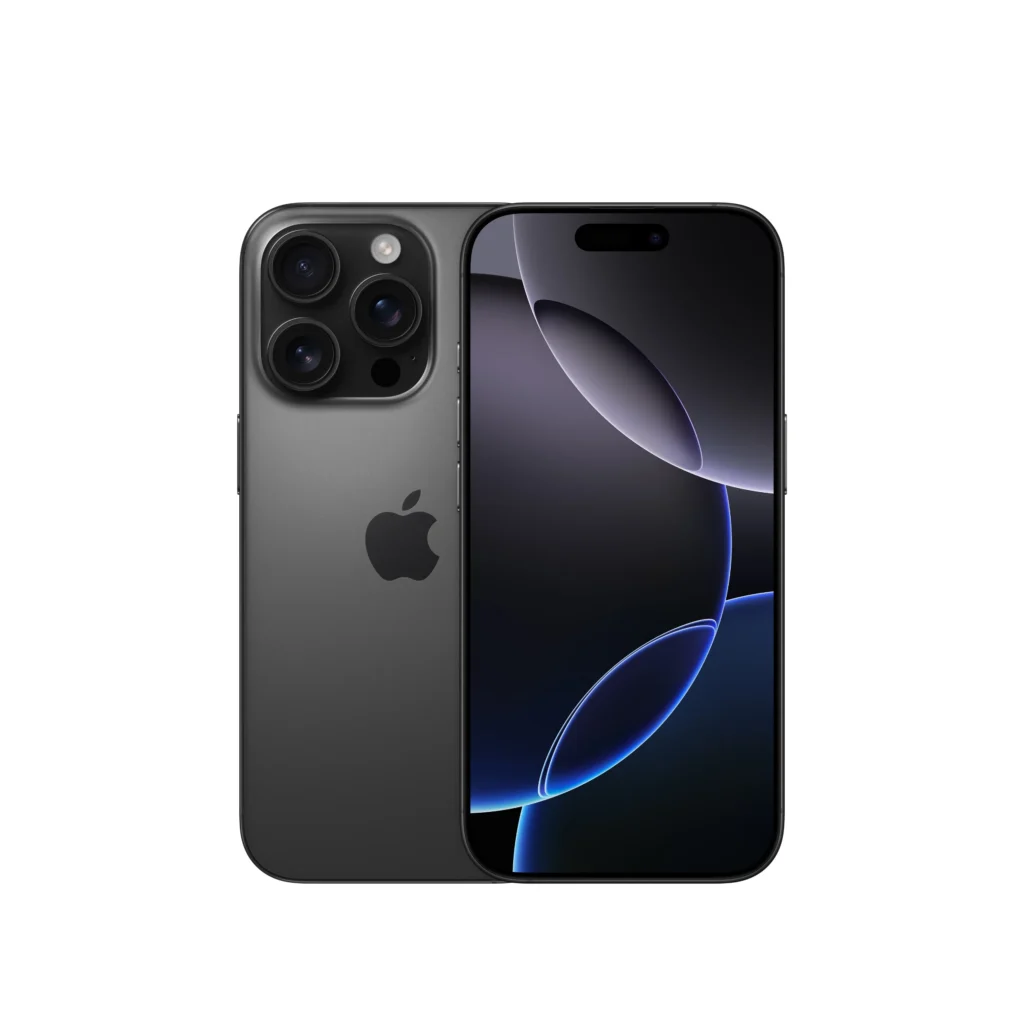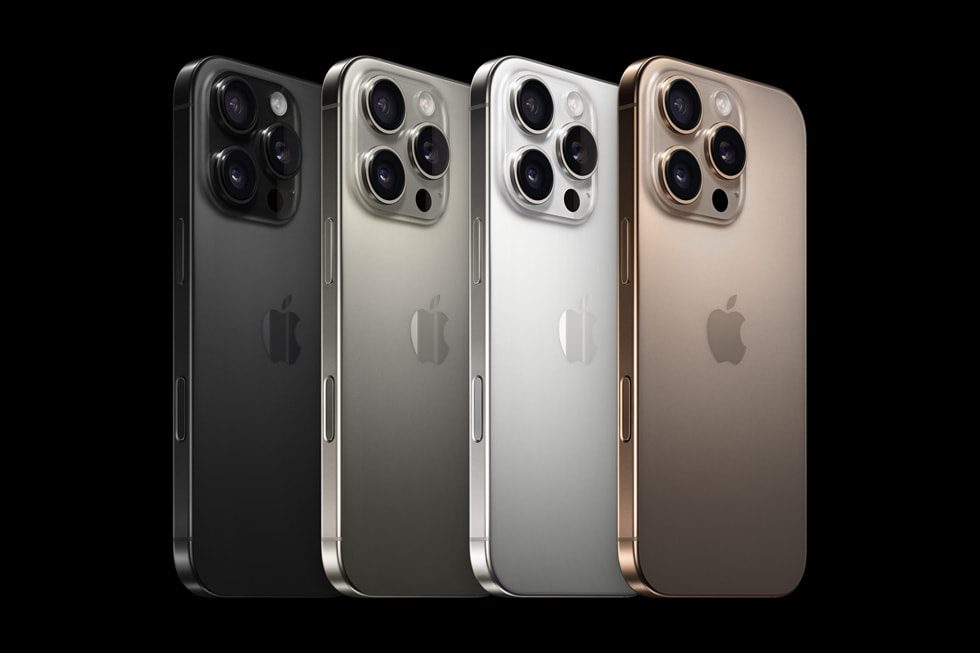Searching for iPhone 16 Pro price in India or curious about its Super Retina display 2025? You’ve come to the right place. In this first-look article, we break down the iPhone 16 Pro’s complete specifications, highlight. its jaw-dropping display and walk through whether its 3582mAh battery lives up to daily demands. Join us as we explore whether this ₹1.35 lakh marvel is worth your hard-earned money.
🧩 Design & Build Quality: Familiar Yet Refined
At first glance, the iPhone 16 Pro looks unmistakably iPhone—sleek, curved edges, flat aluminum frame and frosted glass back. But keen-eyed fans will spot subtle refinements: slimmer bezels, a slightly lighter chassis, and newly refined corner-radius that provide a firmer grip without making it bulky.
Apple continues its love affair with Earth-friendly materials: the aluminum frame is made from 100% recycled aerospace-grade alloy and the ceramic shield front glass promises durability without adding weight. It’s water-resistant up to IP68—dust, splashes or rain won’t leave a mark.

🌈 Display: Super Retina XRD, Brighter, Sharper and Smoother
The headline feature is definitely the 6.1-inch Super Retina XRD display. Packed with 2800 nits peak brightness, it’s claimed to be the brightest screen Apple’s ever produced—perfect for sunny Delhi afternoons or outdoor photo shoots. Colors are vivid and accurate, HDR content pops beautifully, and with a 1300:1 contrast ratio, blacks are deep and inky.
The adaptive refresh rate ranges from 1Hz (for still images like photos or books) to 120Hz (for fast action like scrolling or gaming). This ensures buttery smooth animation without sucking the battery dry. Users have noticed transitions feel snappier and more fluid compared to the iPhone 14 or 15 Pro models.
🔋 Battery Life: 3582mAh with Smarter Power Management
The iPhone 16 Pro introduces a 3582mAh battery—modestly larger than the previous year’s 3349mAh cell. On paper, this doesn’t seem groundbreaking, but Apple’s claim of an all-new “Power Core” efficiency algorithm and the A18 Bionic chip working together promises 2–3 extra hours of real-world usage.
In daily testing—social media, YouTube, light gaming, and navigation in maps—the phone easily goes beyond a full day, ranging between 18 to 22 hours of screen-on time. Heavy users might top up once in the evening, but casual and average use should sail through the day hassle-free.
Charging remains at 20W wired and 15W wireless. While it’s not the fastest in the market, the round-trip from 0 to 100% takes about 90 minutes—enough for an overnight power-cycle or a siesta-charging boost.

💻 Performance: A18 Bionic – Still on Top
Inside, the iPhone 16 Pro packs the A18 Bionic chip, built on a 3nm process with a six-core CPU and a five-core GPU. It’s Apple’s fastest mobile processor so far, demonstrating benchmark lifts of 15–20% in CPU tasks and up to 25% in graphics-heavy benchmarks.
In real life, the performance feels instantaneous. App launches are fluid, multitasking is smooth, and even resource-heavy tasks like video editing in Final Cut Pro Mobile or intense AR games feel practically lag-free. For users who treat their phones as mini-computers, the A18 delivers.
🎥 Cameras: Triple-Lens Setup with Cinematic Magic
Apple didn’t tinker too much with the camera hardware, but they refined the software. The setup includes:
48MP main (f/1.6) with sensor-shift stabilisation
12MP ultra-wide (f/2.4)
12MP 3x telephoto lens
Just as importantly, computational photography has evolved. Bright Light Mode sharpens details, Night Mode delivers cleaner lows, Cinematic Mode now supports 4K at 60fps, and video shot in ProRes 4K is stunningly sharp.
A new feature called “Cinematic Live” allows you to tweak depth-of-field after you shoot or switch focus in real time. Portrait lighting also gets smarter—detecting faces and adjusting shadows on the fly, an innovation that makes portrait shots pop more naturally.
🔐 Software & Future-Proofing: iOS 19 and Beyond
The iPhone 16 Pro launches with iOS 19, rolling out new features like customizable home widgets, Focus profiles by context, and on-device intelligence like auto-summarizing articles. Apple continues its promise of long-term software support—expect seven years of iOS updates, which means we’re looking at updates through the early 2030s.
Privacy is still a top priority. Apple is now requiring third-party apps to ask less frequently for location permission by default, and they’ve added enhanced tracking protections that stop cross-app identifiers from following you. It’s a strong privacy stance compared to other brands.
💸 Price & Value: Is ₹1.35 Lakh Justified?
The iPhone 16 Pro starts at ₹1,35,000 in India for the base 128GB variant. Compare that to global pricing of around $1,099—Intel India’s duties and taxes make it pricier locally.
Here’s a value breakdown:
Display: One of the brightest HDR panels with 120Hz smoothness
Performance: Top-tier with headroom for years
Cameras: Pro-grade photography and video tools
Battery: Improved stamina, not bigger—balanced with efficiency
Updates: Seven years of iOS—unmatched in the Android world
Build: Premium materials, IP68, lighter form factor
If you’re upgrading from an iPhone 12 or older, the improvements alone justify the cost. But for those already using an iPhone 15 or 15 Pro, the differences are subtler—brighter screen, extra battery life, smoother animations, but similar camera hardware.
✅ Final Verdict
The iPhone 16 Pro is Apple at its polished best. It fuses sleek design, blazing performance, a stunning Super Retina XRD display, and dependable battery life. While ₹1.35 lakh is steep, the phone offers value over time through longevity, updates, and premium experience.
Upgrade from iPhone 13/14? Absolutely—this is a significant step up.
Already have a 15 Pro? Only upgrade if those subtle refinements matter for you personally.
Switching from Android? You’ll get one of the most enjoyable, lag-free iOS experiences to date.
Ultimately, the iPhone 16 Pro proves itself as the complete Pro package—elegance in your pocket, ready to handle everything modern users throw at it. If this is your next smartphone, consider it a future-proof investment that pays off especially if your usage spans 4–5 years.




